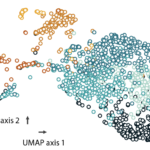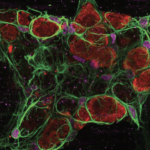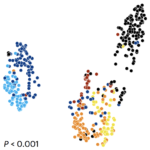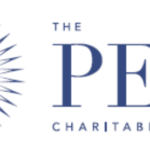The intestinal microbiota undergoes diurnal compositional and functional oscillations that affect metabolic homeostasis, but the mechanisms by which the rhythmic microbiota influences host circadian activity remain elusive. Using integrated multi-omics and imaging approaches, we demonstrate that the gut microbiota features oscillating biogeographical localization and metabolome patterns that determine the rhythmic exposure of the intestinal epithelium to different bacterial species and their metabolites over the course of a day. This diurnal microbial behavior drives, in turn, the global programming of the host circadian transcriptional, epigenetic, and metabolite oscillations. Surprisingly, disruption of homeostatic microbiome rhythmicity not only abrogates normal chromatin and transcriptional oscillations of the host, but also incites genome-wide de novo oscillations in both intestine and liver, thereby impacting diurnal fluctuations of host physiology and disease susceptibility. As such, the rhythmic biogeography and metabolome of the intestinal microbiota regulates the temporal organization and functional outcome of host transcriptional and epigenetic programs.
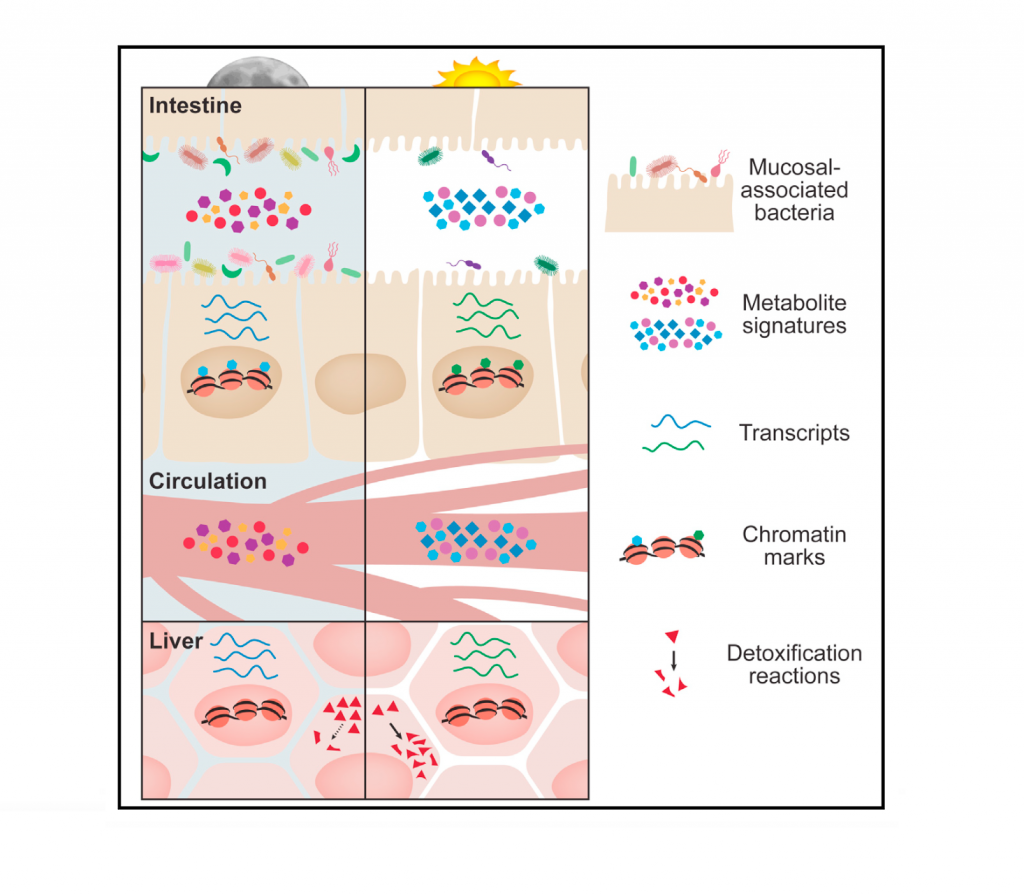
New paper on epithelial-microbiota interactions in Cell
Christoph Thaiss
Open Positions
We are constantly looking for talented scientists to join our team. Please take a look at our open positions.
